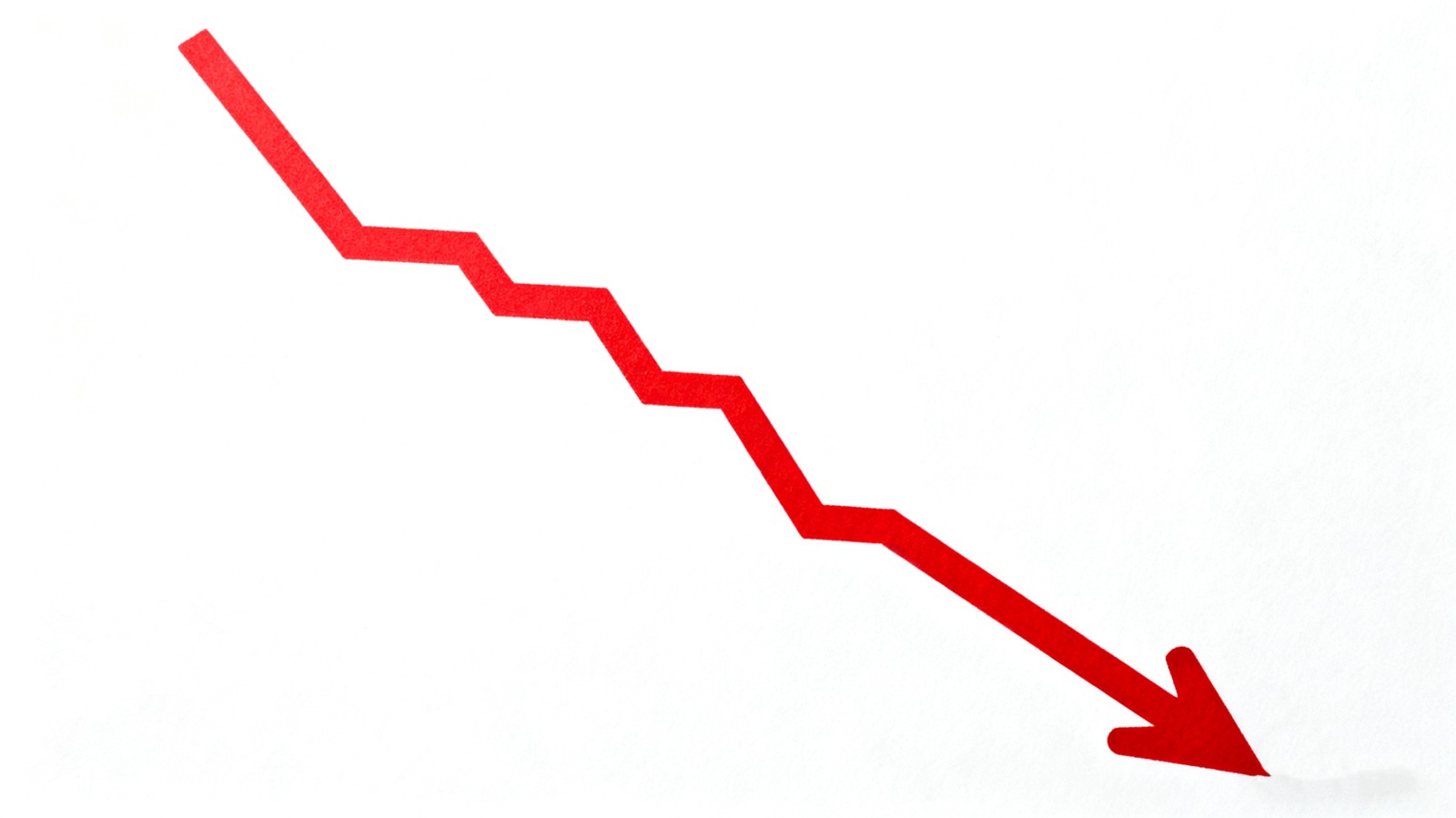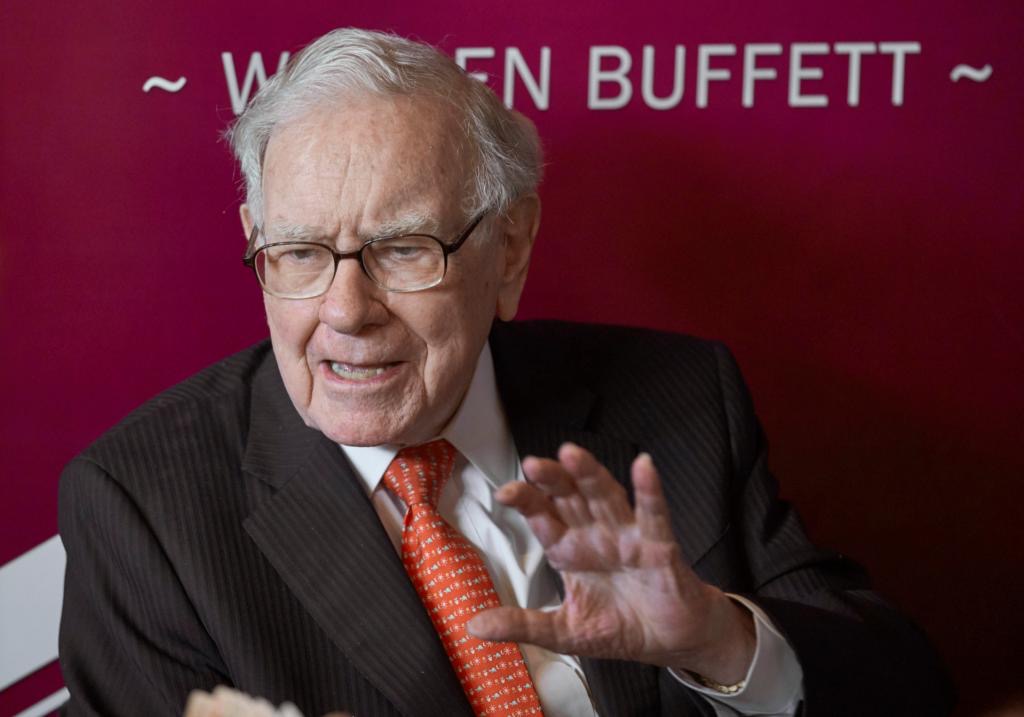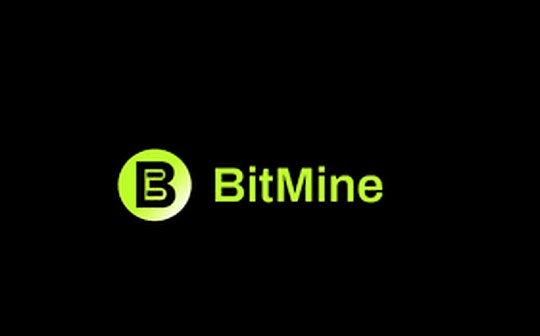
US stocks encountered a "Black Friday."
Late at night on October 10th, Beijing time, the three major US stock indices plummeted across the board. By the close, the Nasdaq had plunged over 3%, marking its largest single-day drop since April; major US tech stocks collectively suffered heavy losses. Stock markets in multiple European countries also saw full-session declines with late-session plunges. Crude oil and cryptocurrencies were also hit hard, with WTI crude oil plummeting over 4%, Bitcoin briefly crashing over 13% intraday, and the VIX fear index surging over 31%.
Analysis pointed out that uncertainty surrounding related events led to a broad sell-off in risk assets. Additionally, the escalation of the US government "shutdown," with the Trump administration beginning large-scale permanent layoffs of federal employees, further intensified market tension. On the macroeconomic data front, the preliminary US October University of Michigan Consumer Sentiment Index was 55, the lowest since May.
Global Plunge
Late at night on October 10th, Beijing time, global financial markets experienced a widespread sharp decline. The three major US stock indices plunged sharply, with losses continuing to widen. The Dow Jones Industrial Average at one point plummeted over 880 points. By the close, the Dow was down 1.9%, the Nasdaq had plunged 3.56%, and the S&P 500 had tumbled 2.71%.
Major US tech stocks collectively fell sharply. By the close, TSMC ADR plunged over 6%, Broadcom and Tesla plummeted over 5%, Nvidia and Amazon fell over 4%, Apple and Meta dropped over 3%, Microsoft declined over 2%, and Google and Oracle fell over 1%.
In after-hours trading, US tech giant stocks continued to decline, with Nvidia, Tesla, and Oracle all down over 2% after hours, and Synopsys and Cadence down over 3% after hours.
Chinese concept stocks were also affected, with the Nasdaq Golden Dragon China Index falling over 6%. By the close, Futu Holdings dropped over 11%, NIO and JinkoSolar fell over 10%, Bilibili declined over 9%, Alibaba, Baidu, and XPeng Motors dropped over 8%, EHang Intelligent fell over 7%, JD.com declined over 6%, Pinduoduo dropped over 5%, Tencent Music fell over 4%, and NetEase and Li Auto dropped over 3%.
European stock markets also saw late-session plunges. By the close, the Euro Stoxx 50 index fell 1.75%, while Germany's DAX 30, France's CAC 40, and Italy's FTSE MIB indices all fell over 1%.
Meanwhile, crude oil and cryptocurrencies were also severely hit. WTI crude oil plummeted over 4.24%, approaching its yearly low; Brent crude oil plunged 4.62%. Bitcoin intraday once crashed over 13%, briefly falling below the $11,000 mark to a low of $10,492. Ethereum once plummeted over 17%, while Ripple (XRP) and Dogecoin both once crashed over 30%. This represents the largest wave of selling since at least early April this year.
Industry insiders pointed out that market uncertainty led to the plunge in risk assets, causing a surge in demand for downside protection in the derivatives market.
Affected by this, investors flocked to safe-haven assets like gold and government bonds. Spot gold prices rose over 1%, once again breaking above the $4,000 per ounce mark; the yield on the US 10-year Treasury note fell to 4.034%.
What Happened?
Wall Street analysis indicated that due to the sustained strength of the US stock market since April, the market had accumulated significant profit-taking pressure and inherently had expectations for a pullback and consolidation. Other analysts noted that uncertainty surrounding related events was also a factor in the US stock market plunge.
Steve Sosnick, Chief Strategist at Interactive Brokers, interpreted, "This is clearly not the news traders wanted to hear. The market reaction reflects both policy impacts and exposes the recent blind optimism among investors."
On the market, the US rare earth sector continued to attract speculative funds. By the close, MP Materials surged over 8.37%, USA Rare Earth rose over 4%, and continued to surge over 10% after hours.
Adding to the market's woes, Russell Vought, Director of the US Office of Management and Budget (OMB), stated on social media that as the US government "shutdown" entered its 10th day, the Trump administration had begun large-scale permanent layoffs of federal employees. This means that during this US federal government shutdown, the usual practice of only placing employees on temporary furlough is not being followed; instead, a large number of absent "civil servants" are being permanently let go.
A spokesperson for the US OMB later confirmed that the scale of federal government layoffs was "considerable." White House officials told the media that the layoffs would affect "thousands of federal workers." Other government officials revealed that at least nine government departments, including Interior, Homeland Security, Treasury, EPA, Commerce, Education, Energy, Health and Human Services, and Housing, were affected by this wave of layoffs.
This move breaks with the惯例 (guànlì - convention/precedent) of government "shutdowns" in modern US history. During past government shutdowns, employees were typically placed on temporary furlough rather than being permanently fired. It signals an escalation of the confrontation between US President Trump and other Republicans with the Democrats.
On the macroeconomic data front, the preliminary US October University of Michigan Consumer Sentiment Index was 55, the lowest since May, compared to an estimate of 54.2 and a previous value of 55.1.
Analysis pointed out that US consumer confidence showed little change in early October, as Americans anticipated little improvement in the job market or inflation. Consumers expect prices to rise at an annual rate of 4.6% next year and at a rate of 3.7% over the next 5 to 10 years. About 63% of respondents said they expect the unemployment rate to rise next year, and over two-thirds expect inflation to outpace their income growth next year.
















